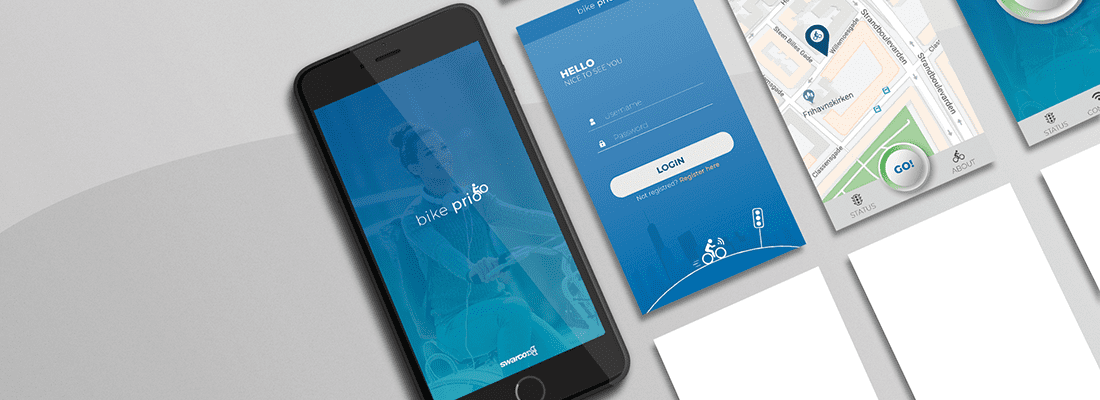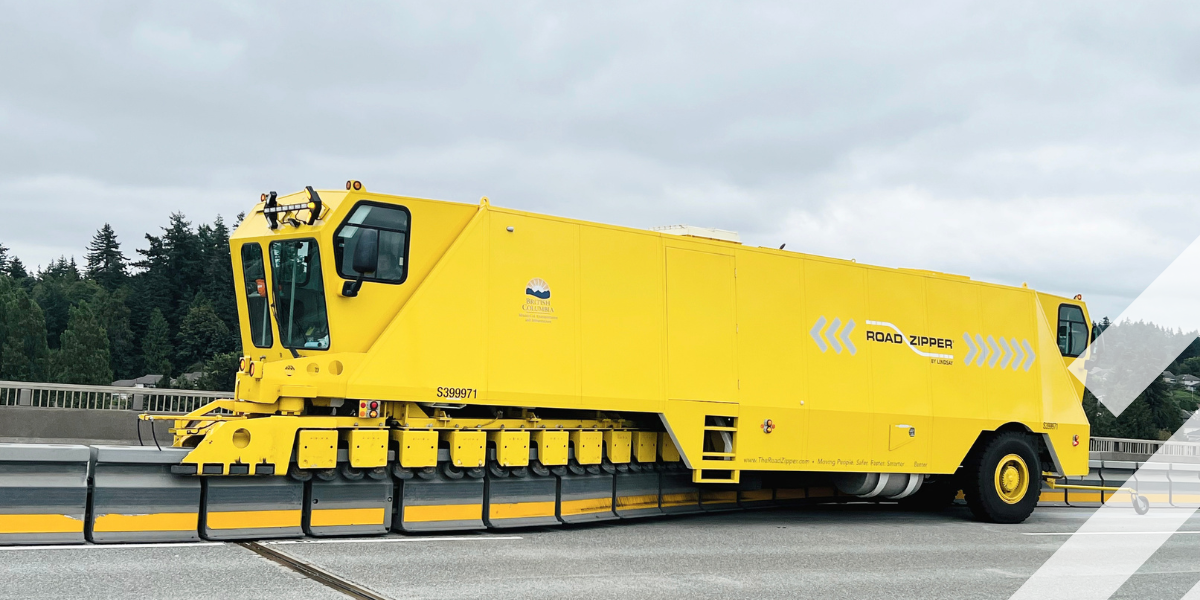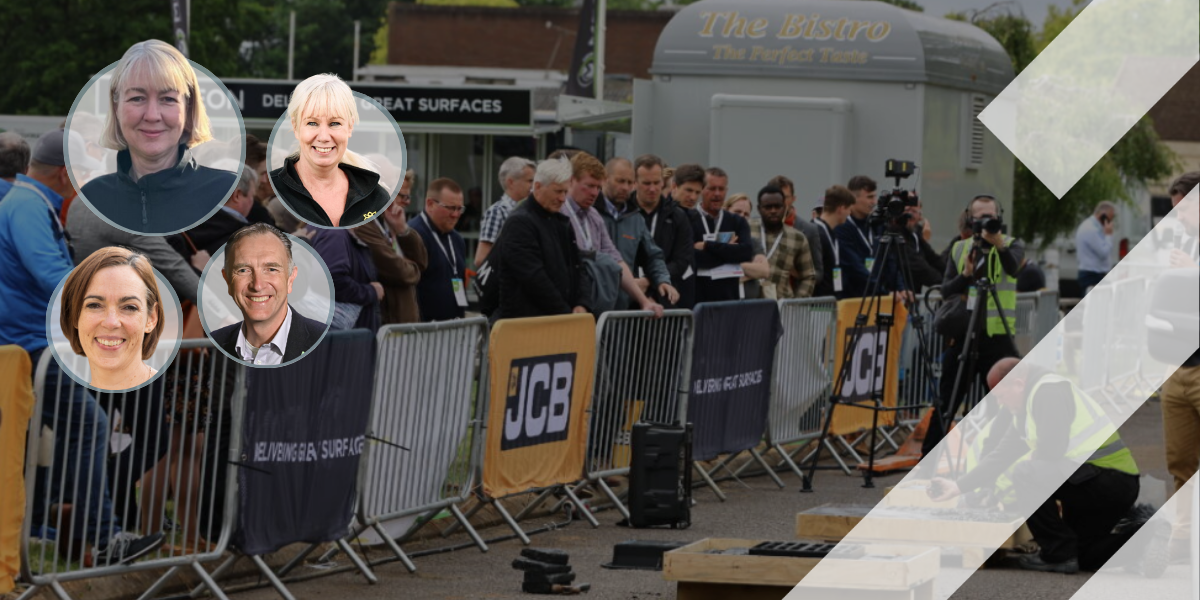Making cities more livable
The ongoing urbanization of our globe challenges politicians, city authorities and traffic planners to fight congestion, keep traffic in motion and reduce emissions such as CO2 and NOx to a minimum. Growing traffic volumes on the one hand and the need for better air quality, less noise pollution and smoother traffic flows on the other are making many cities rethink the way they organize everyday mobility.
Pushing back the use of cars and incentivizing the use of public transport is one solution, but these days traffic modes such as walking, cycling or using an e-scooter move more and more into the focus of city traffic management.
These micro-mobility scenarios have advantages and disadvantages. Firstly, these modes of transport all have an intelligent organization in common and their interaction can help make urban environments more livable. Independently of technical measures, the respectfulness of the different modes towards each other is essential, and this is a task for all participants in traffic.
Cycling is a quick, efficient and environmentally friendly way to get around. Not only do cycle commuters improve their own health, but they also contribute to a better environment and the reduction of traffic congestion. Many cities are therefore prepared to invest in their cycle path networks and the relevant technological installations to promote cycling and trigger the motivation to change to this mode. In Germany’s Rhine-Ruhr area, entire long-distance bicycle highways are currently being implemented.
To motivate commuters to leave their cars at home and use their bicycles instead requires multiple initiatives. Even if environmental awareness and improved health are sufficiently good reasons, information and traffic safety are also very important factors to make more people choose the bicycle as a means of daily transport.
Let us illustrate the cycling topic by means of three examples from the cities of Oberhausen/Germany and Copenhagen and Odense in Denmark. In all three cases, Swarco has been the technology partner for quicker and more convenient bicycle traffic.
Green wave for bicycles
Equipping traffic lights with bicycle detectors enables cities to give green light priority to cyclists. Consequently, they do not have to stop as often, get improved mobility and traffic safety, and an overall VIP feeling.
The city of Oberhausen in the Ruhr area has now decisively optimized its already well-developed network of cycle paths. With Swarco’s so-called Radwelle Oberhausen, cyclists now reach their destination even faster and safer. Well-marked cycle paths meander through the entire urban area of Oberhausen, so that every corner can be easily reached on two wheels. Nevertheless, the people of Oberhausen preferred to get into their cars or use public transport. Why? Traffic lights were optimized for public transport, so cyclists had to wait a long time. Those waiting times had to be slashed to make cycling more attractive and increase the number of people using bicycles. Swarco had already provided the traffic light systems for Oberhausen, so the necessary adaptations were feasible at low cost.
The main cycling route network of the city of Oberhausen covers 67km with a total of 191 traffic light systems. The aim was to increase convenience for cyclists by giving them preference at those traffic lights. With the help of automatic detection;
- consisting of eight thermal imaging cameras and 11 induction loops
- bicycle traffic is accelerated by pre-detecting cyclists.

Detectors enable intelligent control of signaling systems. This means that as soon as the cyclist approaches the traffic light, it switches to green or – if it was already green – the phase is extended. This keeps cycle traffic flowing, saves cyclists energy and brings them faster, more comfortably and safely to their destination. There is no more need for pressing push buttons at intersections or frequent stopping and restarting. The system communicates with the adjacent intersections and traffic signals to ensure a perfect coordination with other road users and generate an ideal traffic flow.
The main advantages of the green wave for bicycles are a significant increase in the attractiveness of the cycling network. This results in a reduction of CO2 emissions, which in turn protects the environment and improves quality of life. An important side effect is how the shortened waiting times have also reduced the number of red light violations and thus improved general road safety. The green wave is visualized by LED lights fixed in the road surface, on posts or using countdown signals.
The cycling app for green light
The Danish city of Odense aims to promote itself as a bicycle-friendly city. At present, tests are underway using Swarco’s new Bike Prio app for cyclists, allowing for a quicker ride across the city. When the cyclist has Bike Prio installed on their smartphone, they simply have to turn the app on and place the phone safely inside the pocket or bag. The app works as a detector, sending a request to the next traffic light when the cyclist approaches the intersection. The traffic light then switches to green, allowing the cyclists to move on without stopping.
Cyclemeter
Copenhagen is known as one of the most bicycle-friendly cities in the world. Today, nine out of 10 Danes already own a bicycle, but only four in 10 own a car. In Denmark’s capital, cycling reached a new record in 2016. Bicycles outnumbered cars in the city center by 265,700 to 252,600. At the same time, however, there is still great potential to make cycle paths safer and to expand them in order to make cycling even more attractive for commuters. Swarco not only supplies high-quality colored cycle path coatings with excellent skid resistance properties, but also supports cities such as Copenhagen in extending their infrastructure for two-wheelers.
One example of these innovative products is the Cyclemeter. Branded with the city’s logo, it informs cyclists about speed, temperature, time, passing bikes on that day, public announcements, train and bus schedules, events, and so on. By installing the device, a city can motivate cyclists, thank them for their contribution to environmental protection or show statistics. At the same time, the traffic authorities can get a detailed picture of bicycle traffic as it is already common practice in many cities today for cars.
Blind spot warning device
Denmark is also investing in warning signs that draw the attention of drivers to cyclists to prevent the high risk of accidents when cars turn right. In-road LEDs or LED variable message signs warn right-turning motorists that they have to cross a cycle path with cyclists maybe hidden in the blind spot or dead angle of their mirrors. When a cyclist is detected, the signs light up with a speed reduction message or a warning message. As soon as there are no more cyclists in the critical range, the lights or signs switch off automatically.
Bicycle data and web application
The bicycle counts collected from devices such as cyclemeters, traffic controllers or separate measuring stations can be presented on the web or in apps to provide an overview of the city’s bicycle traffic in real time.
Historical data is stored in a central database, which provides access to valuable information for the city’s marketing, traffic planning and research 24 hours a day, all year round.
Share your story
Do you have an innovation, research results or an other interesting topic you would like to share with the professionals in the infrastructure, traffic management, safety, smart mobility and parking industry? The Intertraffic website and social media channels are a great platform to showcase your stories!
Please contact our Sr Brand Marketing Manager Carola Jansen-Young.
Are you an Intertraffic exhibitor?
Make sure you add your latest press releases to your Company Profile in the Exhibitor Portal for free exposure.








